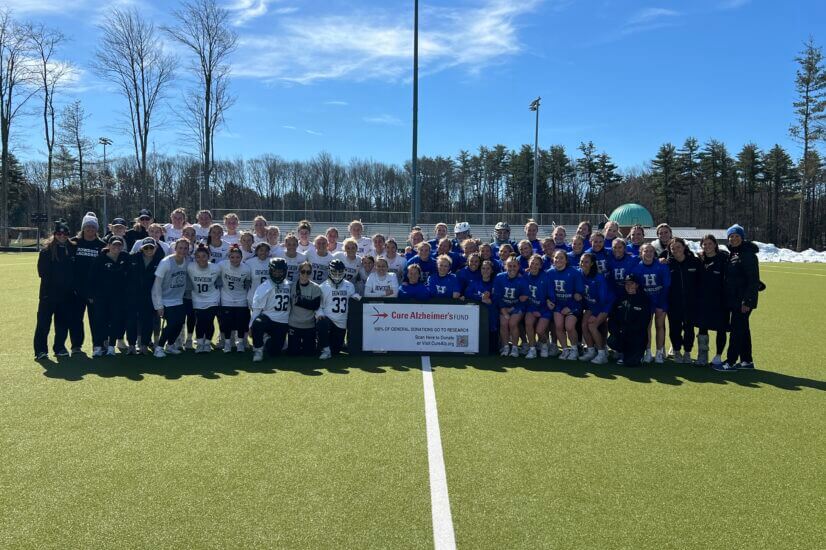
Posted August 20, 2009

Henry McCance is a Founding Board member of Cure Alzheimer’s Fund and Chairman of Greylock Partners, a leading venture capital firm with a distinguished and highly successful record of company building. His family situation brought him to this effort as his words describe here.
Many people have asked me to share some personal thoughts abut my Cure Alzheimer’s Fund experience. First, let me say that what really counts in life beyond family and friends is giving back to one’s community.
As I became involved in Cure Alzheimer’s I became keenly aware that so many key problems in our society are not being solved by government policies or by long standing, somewhat bureaucratic non-profits. This led my co-founders and I to articulate the venture capital/entrepreneurial approach to philanthropy that we are employing at Cure Alzheimer’s and which hopefully is a template/model for other non-profits as well.
Let me frame the problem. To a pragmatic, “bottom-line” oriented venture capitalist like myself, there is something wrong with the world’s greatest researchers on Alzheimer’s disease, or on any other major topic in academia, spending 25% to 35% of their time filling our forms and applications for grant money on an annual basis. Equally troubling is the fact that each member of our Research Consortium tells me that their research, that is funded by the government or charities through this process, is approved through such a risk averse mechanism that the funded studies are equivalent to a 1 yard fullback plunge in a football game. There must be a better way.
In my experience, the really great venture capitalists are not reacting to a series of funding requests that come over the transom. Instead they proactively identify and network with the very best technologists in their fields of interest and initiate the formation and funding of new companies, such as Google, Apple, Genentech and Red Hat. The venture capitalist couples the technology visionaries with experienced, go to market, executive talent. They also instill a capital efficient low overhead culture to ensure that every dollar of risk capital is stretched. And finally, they are willing to take an appropriate, but not foolish, risk to create change, or to be disruptive. They “dare to be great”.
Cure Alzheimer’s is attempting to harness these ideas. We have identified and recruited the absolute best Alzheimer’s disease researchers to our team. This Research Consortium has, in turn, collaborated on drafting a Research Roadmap, which is a cohesive, systematic research program to find a cure for this disease. We have hired two experienced non-profit executives to develop and implement our strategy and to raise the necessary funding to support the Research Roadmap. Our research projects have the scientists in the laboratory not filling out forms and are ambitious enough to move the ball, like in a 20 yard pass.
The initial structure allows contributors to experience no overhead tax in the first two years, and hopefully a very low overhead in the long term.Over 400 of you have joined us, and we are deeply grateful for your generosity and support. We are also gratified that other people are beginning to take notice of us. This month our Chairman, Jeff Morby, was asked to present at the prestigious Pacific Health Summit, and in September, I have been asked to organize a panel on Venture Philanthropy at the Harvard Business School reunion. We look forward to keeping you posted on the progress of this most important venture.
In summary, attempting to give back through a project that is personally meaningful to me is one of life’s greatest experiences.





